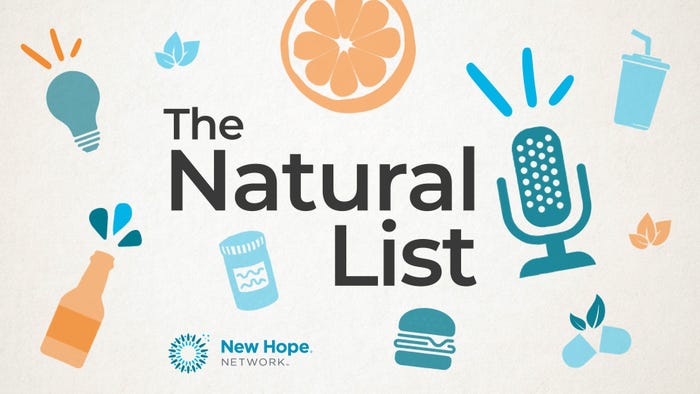5@5: Walmart rolls out in-home delivery | USDA is failing farmers
Each day at 5 p.m. we collect the five top food and supplement headlines of the day, making it easy for you to catch up on today's most important natural products industry news.
October 15, 2019

Walmart will deliver groceries directly to your fridge to compete with Amazon
InHome grocery delivery, a service that allows Walmart employees to enter customers’ houses and put food into their fridges, will roll out in three cities next Tuesday. Should the venture be successful Walmart could scale up and find itself in a position to compete with Amazon’s home delivery service. Read more at CNBC…
How USDA is failing farmers
The Agriculture Department is spending just 0.3% of its $144 billion budget on helping farmers whose livelihoods have been affected by climate change. Now, farmers are speaking out against USDA’s reluctance to give farmers scientifically accurate information about how climate change is changing the national landscape or guidance on how to cope with it. Read more at Politico…
14% of food is lost between harvest and retail
A new report from the United Nations Food and Agriculture Organization has found that 14% of the world’s food is lost after harvesting and before reaching retail. This finding underscores the importance of paying attention to critical loss points in the supply chain such as inadequate storage facilities and poor handling practices. Read more at The Spoon…
FreshDirect shopping itself after move to the Bronx fails
Amazon and Walmart are considering acquiring FreshDirect after recent service glitches allegedly caused the online grocer’s largest investor, JPMorgan, to begin searching for potential buyers. The two companies are reportedly waiting for FreshDirect’s valuation to decrease even further before making a move. Read more at The New York Post…
Planting native prairie could be a secret weapon for farmers
Some Midwest farmers are beginning to adopt the regenerative practice of adding stretches of native prairie to their corn and soy production. Emerging research shows that “planting just 10% of farmland with native prairie can drastically reduce soil loss and nutrient run-off." Read more at Civil Eats…
You May Also Like


